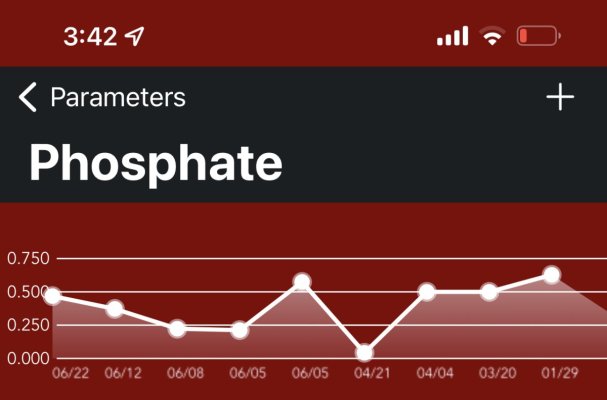First big ah ha was understanding the role of stability over numbers. Things are steady now, so I’ve turned my attention to whether they are steady in the right ratios.
Parameters:
No3 7.5
Phos .47
Sal 1.025
Temp 78
Alk 10.2
Cal 450
Mag 1230
Ph 8.2
100g mixed(mostly softies) with sump
what I am wondering is, should I increase nopox to cut the phos a bit and improve the redfield ratio or just leave it alone? Currently using Donavan’s Nitrate Destroyer, dosed daily with 4ml of diy nopox. There is also a turf scrubber, skimmer and export plate.
Parameters:
No3 7.5
Phos .47
Sal 1.025
Temp 78
Alk 10.2
Cal 450
Mag 1230
Ph 8.2
100g mixed(mostly softies) with sump
what I am wondering is, should I increase nopox to cut the phos a bit and improve the redfield ratio or just leave it alone? Currently using Donavan’s Nitrate Destroyer, dosed daily with 4ml of diy nopox. There is also a turf scrubber, skimmer and export plate.


















